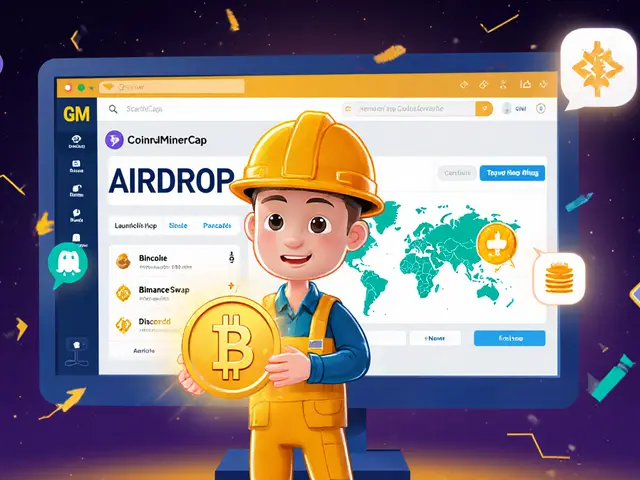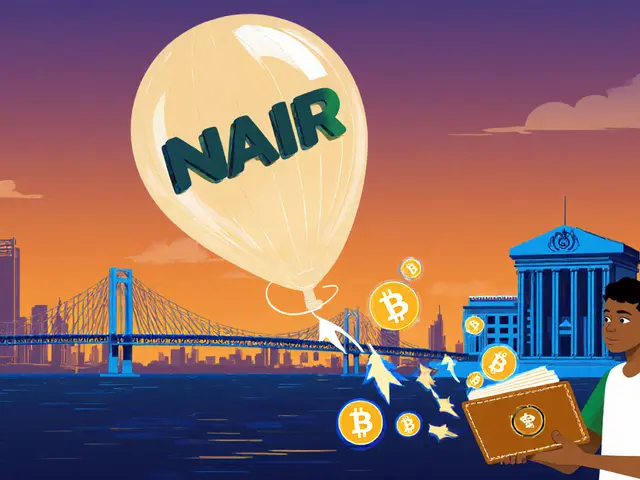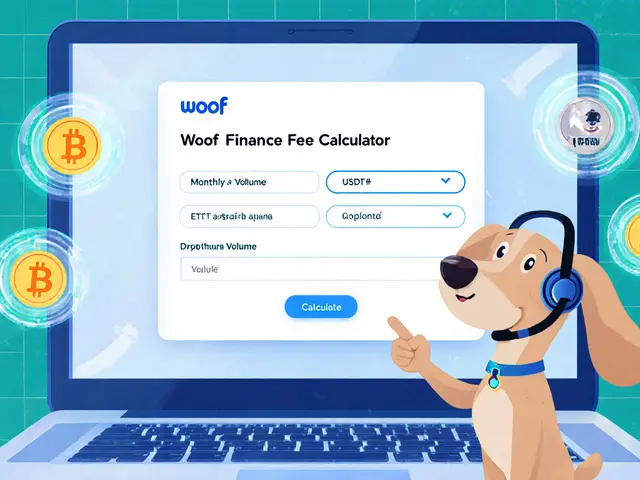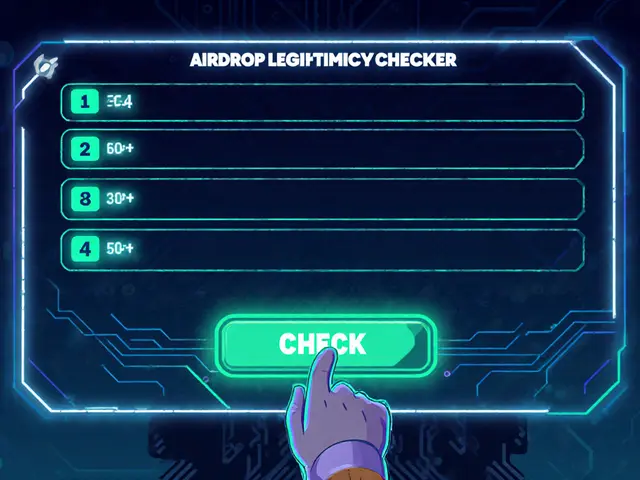Blockchain API: How to Pull Crypto Data, Interact with Smart Contracts, and Build dApps
When working with blockchain API, a set of programmatic interfaces that let developers read and write data on a blockchain. Also known as crypto API, it enables apps to fetch real‑time prices, verify transactions, and trigger smart contracts. In plain terms, a blockchain API is the bridge between your code and the ledger. It encompasses data retrieval, transaction submission, and event listening, so you don’t have to run a full node yourself.
Smart contracts, self‑executing code that lives on a blockchain and runs when predefined conditions are met are the engines that power most blockchain APIs. When you call an endpoint to execute a contract, the API packages your request, signs it, and sends it to the network. This requires proper authentication, usually via cryptographic keys or token‑based auth, because the network only accepts signed messages.
Key Components of a Blockchain API
Every robust blockchain API shares a handful of attributes. First, **endpoints** – URLs that map to specific functions like "get price" or "submit transaction". Second, **data format** – most APIs return JSON because it’s lightweight and easy to parse. Third, **rate limits** – providers cap calls per minute to protect infrastructure; knowing these limits helps you design efficient batch requests. Fourth, **authentication methods** – API keys, OAuth, or signatures generated from private keys. Together, these elements define how you can retrieve crypto data, monitor on‑chain events, and interact with decentralized apps.
Web3, the ecosystem of decentralized protocols and applications that run on blockchains relies heavily on blockchain APIs. Without a reliable API, a Web3 wallet couldn’t display balances, and a DeFi dashboard couldn’t show liquidity pools. In this sense, Web3 influences the design of APIs – developers prioritize low latency and real‑time updates to keep user experiences smooth.
Another related concept is the RESTful API, an architectural style that uses standard HTTP methods like GET, POST, PUT, and DELETE. Most blockchain APIs adopt REST because it’s familiar to web developers and works well with JSON. However, some high‑performance services also offer GraphQL or gRPC endpoints for more complex queries. Knowing which style fits your project can save hours of debugging later.
When you pick a blockchain API provider, look at coverage. Does it support the chain you need (Ethereum, Solana, Binance Smart Chain, etc.)? Does it return historical data, not just the latest block? Does it offer webhooks for push notifications when a transaction confirms? These attributes determine whether the API can serve a simple price ticker or a full‑blown trading bot.
Security is another must‑consider factor. APIs that expose private keys or allow unsigned transactions become attack vectors. Good providers enforce HTTPS, rate‑limit abuse, and often let you whitelist IPs. In practice, you’ll store your API key in environment variables and rotate it regularly – a habit that mirrors best practices for any cloud service.
Performance matters too. Some APIs cache data at the edge, delivering responses in under 100 ms, while others query the node each time, which can add seconds of latency. If you’re building a high‑frequency trading bot, every millisecond counts, so you’ll gravitate toward low‑latency, premium endpoints.
Finally, documentation quality can make or break your integration. Clear endpoint tables, example curl commands, and SDKs in JavaScript, Python, or Go accelerate development. Many providers even host sandbox environments where you can test on a testnet before moving to mainnet.
All these pieces – endpoints, data formats, rate limits, authentication, coverage, security, performance, and docs – form the ecosystem around a blockchain API. Understanding how they fit together prepares you to choose the right tool for your project.
Below you’ll find a curated collection of articles that dive deeper into specific APIs, compare exchange data feeds, explain smart‑contract integration, and explore the latest trends in Web3 development. Whether you’re a beginner looking for a simple price ticker or an advanced developer building a DeFi platform, these posts give you actionable insights to get the most out of any blockchain API.
The article explains the lack of official info on The APIS airdrop, outlines typical airdrop mechanics, offers verification steps, a readiness checklist, and a FAQ to keep readers safe and prepared.


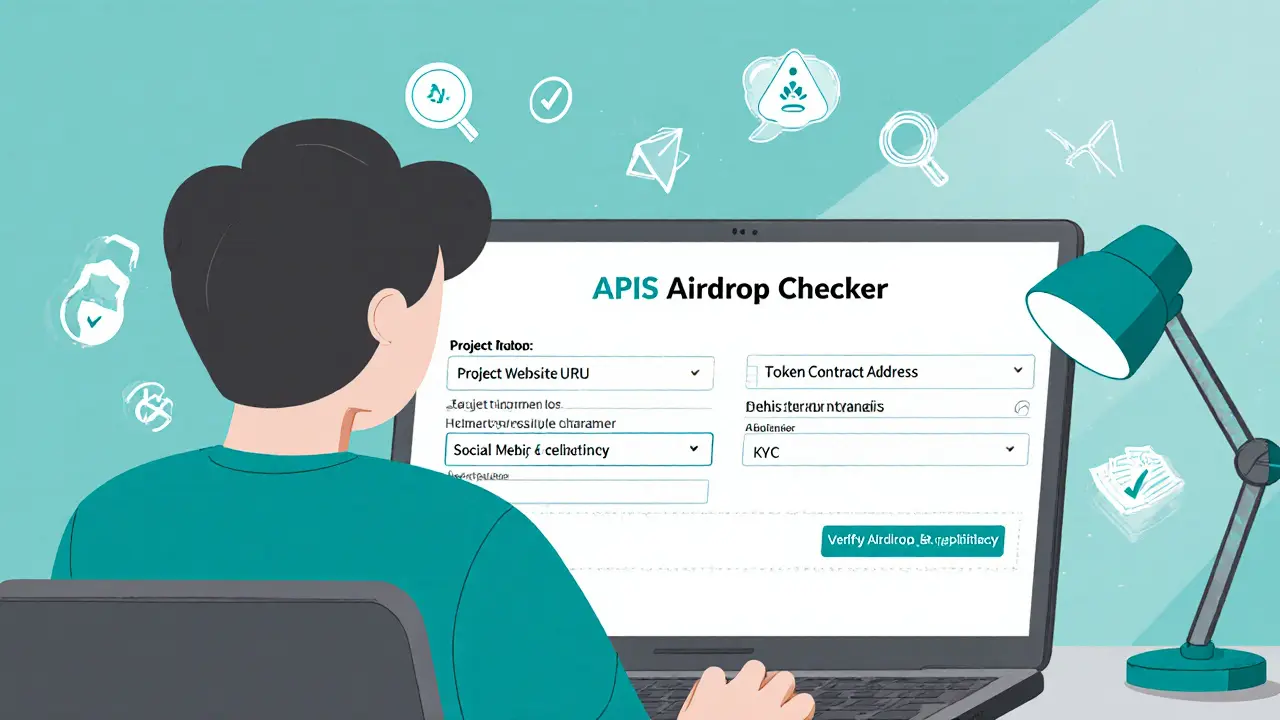
 Finance
Finance
